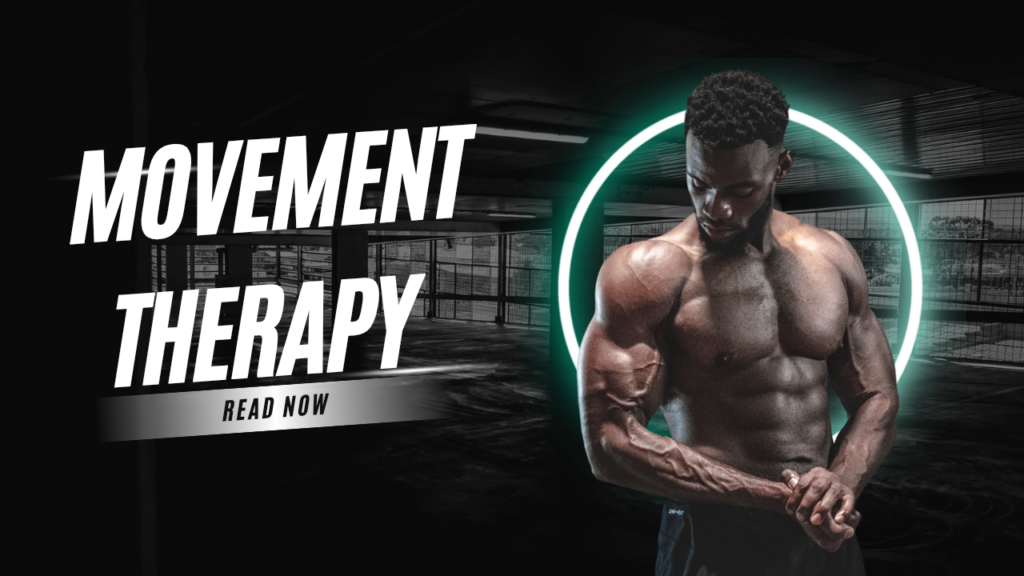
Introduction –
Movement therapy, also known as dance therapy or somatic movement, is a form of treatment that utilizes deliberate body movement to help improve mental, emotional, and physical health. It could be light stretching, guided dance, meditation, or another body-focused practice.
Movement therapy is not like a traditional gym workout; it is based on the mind/body connection and exists to help people connect their emotions to their physical selves, express their feelings, work out added tension, and build inner strength.
This article will explore movement therapy, its science, several other typical methods, and why it can drive lasting healing.
Why Movement Matters for Healing
There is such an intimate connection between body and mind. Emotions like stress, grief, or anxiety don’t just hang out in the head; they make their presence known in the body through tight muscles, shortened breath, or stuck energy.
Movement therapy, because of this reciprocal relationship, understands this two-way street:
From Mind to Body: You feel anxious, heart pounding, breath quickening, muscles tightening.
Body-to-Mind: Moving through your body, whether through deep stretching or flowing dance, can slow your breath, relax your muscles, and quiet your mind.
By involving both ends of the connection, movement therapy can provide a more inclusive method for healing beyond talk therapy alone.
Core Principles of Movement Therapy Mindful Movement:
Each movement, stretch, or dance step encourages you to feel and think from within. It’s not an arbitrary exercise but a deliberate one.
Mind-Body Awareness: Practitioners lead you to focus on sensation, warmth, tingling, or release in certain parts of the body. This kind of awareness leads to an understanding of yourself.
Creative Artwork: Movement becomes a form of communication. When words fail, the body speaks in shapes, rhythms, and flow.
Supportive Environment: A skilled therapist provides a supportive environment where you can dance without judgment or expectations.
Integration: Our body experiences become integrated back into our lives. You are taught how movement can combat stress, lift mood, and bolster resilience beyond therapy sessions.
The Science Behind Movement Therapy
Neuroplasticity: Repeated patterns of unconscious movement help the brain create new pathways. Even easy, flowing exercises like gentle dance or stretching can help to rewire pathways that connect to relaxation and positive emotions.
Release of Endorphins: Physical activity produces endorphins, the body’s natural painkillers and mood elevators.
Controlled Cortisol: Research studies indicate that frequent mindful movement can reduce cortisol, the stress hormone, which can counteract chronic anxiety or burnout.
Increased Interoception: Interoception is the sense of what’s happening inside your body. Movement therapy hones this perception, enabling you to develop better instincts around signs of strain or stress and respond before they build.
These physical benefits pave the way for emotional breakthroughs and healthier coping mechanisms.
Popular Approaches and Techniques
Tips for Finding the Right Therapist or ClassResearch Credentials:
Conclusion
Movement therapy is a soft, creative way to heal the body and the heart. Through intentional movement, you also learn to access a proprietary capacity to release stress, express unspoken emotions, and create strength inside this practice.
Whether it is guided dance, conscious walking, or just some simple stretching, you will learn how movement can be the medicine of your entire being. Begin by creating a short session, observe what arises, and decide if you’d like to incorporate small movement rituals into your daily life. With practice, these can become habits that replace stress with calm, pain with ease, and disconnection with the grounded sense of being whole. Get on board with the healing power of moving today. Your body and soul will thank you!